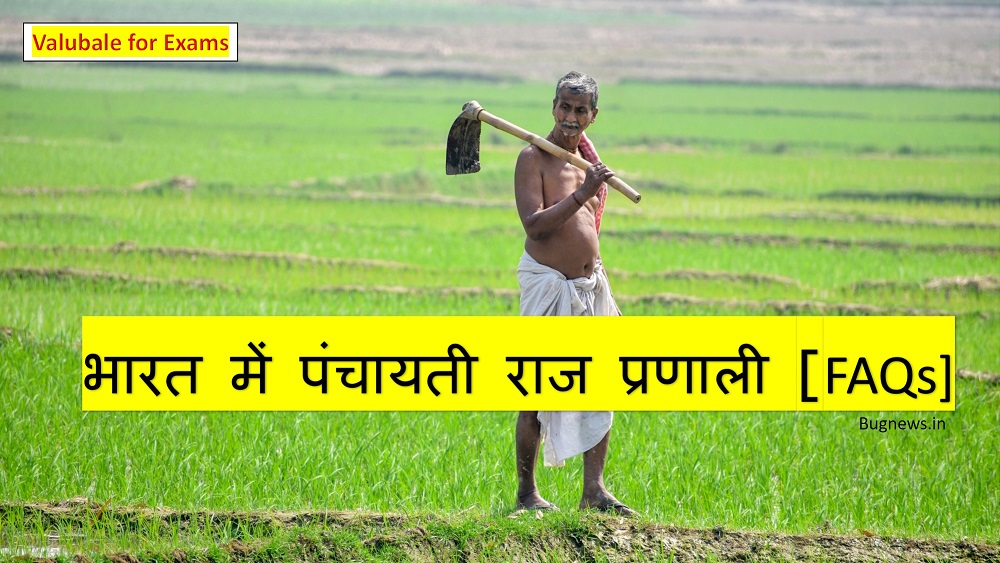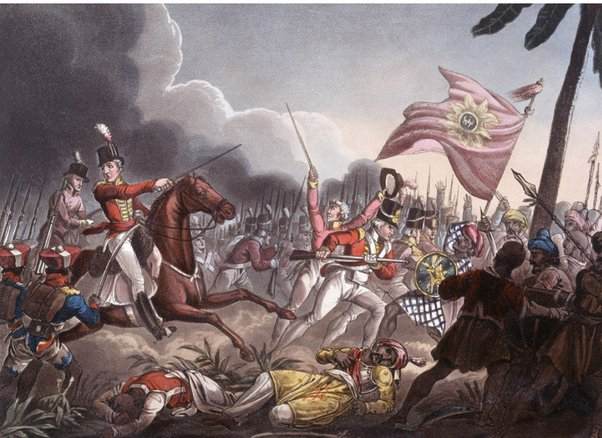During the late 19th and early 20th centuries, British indigo planters in colonial India established the Indigo Planters’ Association. It was composed mostly of European indigo planters who were engaged in the trade and cultivation of indigo crops.

About the Author
Ankita is a German scholar and loves to write. Users can follow Ankita on Instagram 
Purpose
To advance the interests and concerns of European indigo planters in India, the Indigo Planters’ Association was established. Indigo was a profitable crop that these planters engaged in growing because it was in high demand in the European dyeing trade.
Role in the indigo industry
The association was instrumental in negotiating with the British colonial administration on behalf of indigo planters, promoting their legal and economic rights, and influencing indigo trade and cultivation policy.
“tinkathiya” system
The interests of the association often clashed with those of Indian indigo farmers, who had endured exploitation and challenging conditions as a result of the indigo system. The “tinkathiya” system, a contract-based structure that subjected indigo planters to unfair conditions and forced cultivation, was commonly used by planters.
Opposition from Indian indigo cultivators
The exploitative practices of indigo planters, including the tinkathia system and strict income demands, resulted in much unhappiness among Indian indigo farmers. The Indigo Rebellion, often referred to as the “Nilbidroh“, which took place in Bengal in the late 1850s was the final expression of this unhappiness.
Decline and abolition of the indigo industry
In the late 19th century, the introduction of synthetic dyes reduced the demand for natural indigo, leading to the gradual decline of the indigo industry in India. As the economic importance of the industry declined, so did the association’s influence.
It is important to remember that the Indigo Planters’ Association was a part of the colonial economic system in India and was primarily concerned with protecting the interests of European indigo planters. Key elements of the story of indigo in India’s colonial history include the exploitative practices associated with indigo plantations and the resistance shown by Indian indigo growers.
upsc apfc answer key
What is Deep Underground Neutrino Experiment – DUNE ?
A large-scale international research project, the “Deep Underground Neutrino Experiment” (DUNE) aims to study neutrinos,…
चंद्रशेखर सीमा (Chandrashekhar limit) क्या है ?
चंद्रशेखर लिमिट या सीमा (Chandrashekhar limit) एक स्थिर सफेद बौने तारे का अधिकतम द्रव्यमान है।…
About Indian Stock Market and Economy
The Indian stock market is one of the largest and most active in the world….
भारत में पंचायती राज प्रणाली [Panchayati Raj System – FAQs]
भारत में पंचायती राज प्रणाली ( Panchayati Raj System) और ग्राम आत्मनिर्भरता का अनुभव प्राचीन…
हिमालय (Himalaya) [UPSC GS]
हिमालय (Himalaya), जो आज दुनिया में सबसे ऊंचा, सबसे नवीन और अन्तर्महाद्वीपीय पर्वत श्रृंखला है,…
वेलेजली और सहायक संधि प्रणाली [Sahayak Sandhi] (Subsidiary Alliance)
इस लेख में वेलेजली और सहायक संधि प्रणाली [Sahayak Sandhi] के बारे में बताया गया…








